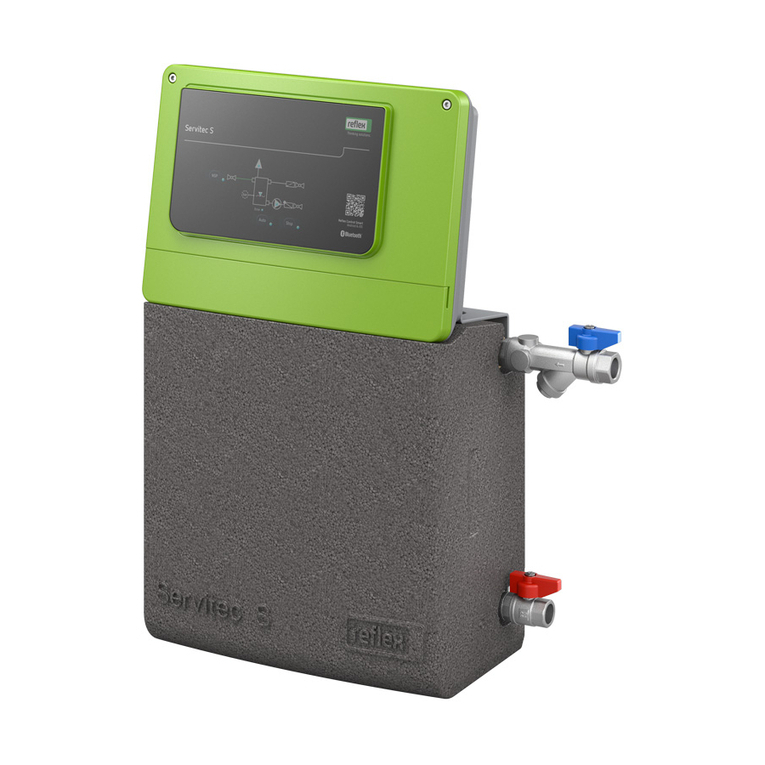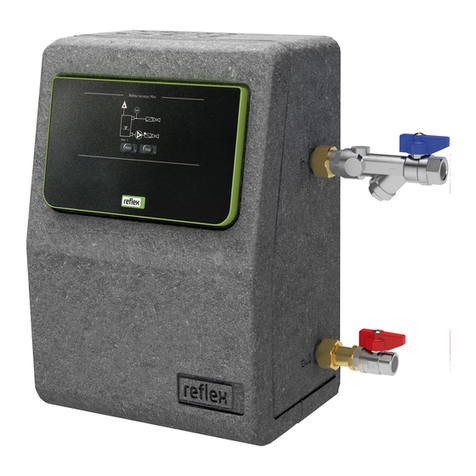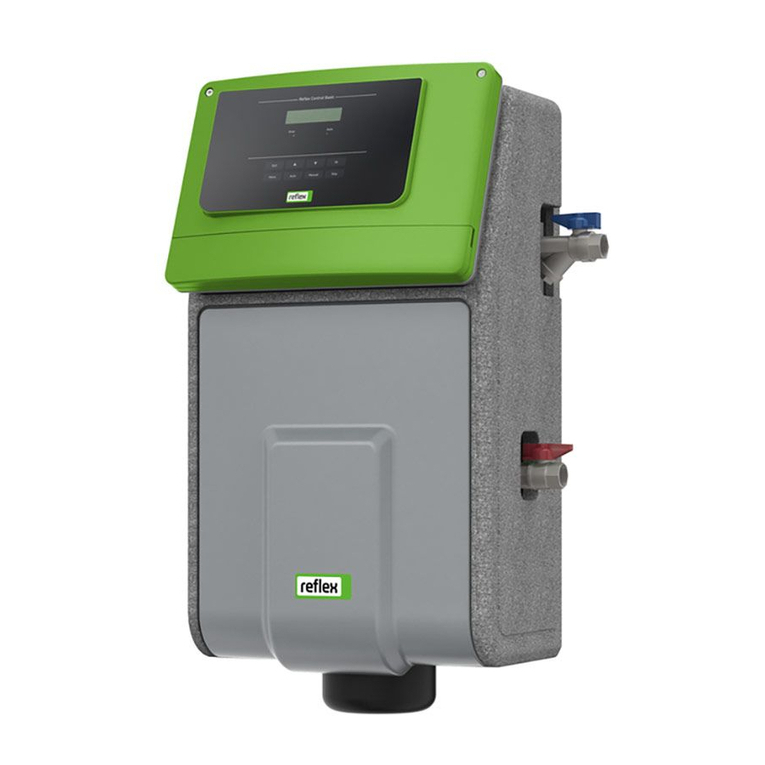Contents
Vacuum spray degassing — 03.11.2014 English — 3
English
Vacuumspraydegassing
03.11.2014
Contents
1Notes on the operating manual ....................................................................................................................................................5
2Liability and guarantee ..................................................................................................................................................................5
3Safety ...............................................................................................................................................................................................6
3.1Explanation of symbols........................................................................................................................................................................ 6
3.1.1Symbols and notes used................................................................................................................................................... 6
3.1.2Safety symbols used.......................................................................................................................................................... 6
3.2Personnel requirements ...................................................................................................................................................................... 7
3.3Personal protective equipment.......................................................................................................................................................... 7
3.4Intended use.......................................................................................................................................................................................... 7
3.5Inadmissible operating conditions..................................................................................................................................................... 7
3.6Residual risks ......................................................................................................................................................................................... 8
4Description of the device ...............................................................................................................................................................9
4.1Description............................................................................................................................................................................................. 9
4.2Overview ..............................................................................................................................................................................................10
4.3Identification .......................................................................................................................................................................................11
4.4Function ...............................................................................................................................................................................................11
4.5Scope of delivery.................................................................................................................................................................................14
4.6Optional equipment and accessories ..............................................................................................................................................14
5Technical data ...............................................................................................................................................................................15
6Installation.....................................................................................................................................................................................17
6.1Installation conditions .......................................................................................................................................................................18
6.1.1Incoming inspection .......................................................................................................................................................18
6.2Preparatory work ................................................................................................................................................................................18
6.3Execution..............................................................................................................................................................................................19
6.3.1Hydraulic connection......................................................................................................................................................20
6.4Switching and make-up variants......................................................................................................................................................23
6.4.1Pressure-dependent "Magcontrol" make-up mode ..................................................................................................23
6.4.2Level dependent "Levelcontrol" make-up mode .......................................................................................................24
6.5Electrical connection ..........................................................................................................................................................................25
6.5.1Terminal diagram............................................................................................................................................................26
6.5.2RS-485 interface ..............................................................................................................................................................28
7Commissioning .............................................................................................................................................................................29
7.1Checking the requirements for commissioning.............................................................................................................................29
7.2Setting the minimum operating pressure for Magcontrol...........................................................................................................29
7.3Filling the device with water.............................................................................................................................................................30
7.4Controller .............................................................................................................................................................................................31
7.4.1Operator panel.................................................................................................................................................................31
7.4.2Modifying the controller's start routine.......................................................................................................................32
7.4.3Parametrising the controller..........................................................................................................................................33
7.5Starting Automatic mode..................................................................................................................................................................36
8Operation.......................................................................................................................................................................................37
8.1Operating modes ................................................................................................................................................................................37
8.1.1Automatic mode..............................................................................................................................................................37
8.1.2Manual mode...................................................................................................................................................................38
8.1.3Stop mode ........................................................................................................................................................................38
8.1.4Summer operation ..........................................................................................................................................................38
8.1.5Restarting .........................................................................................................................................................................39






























